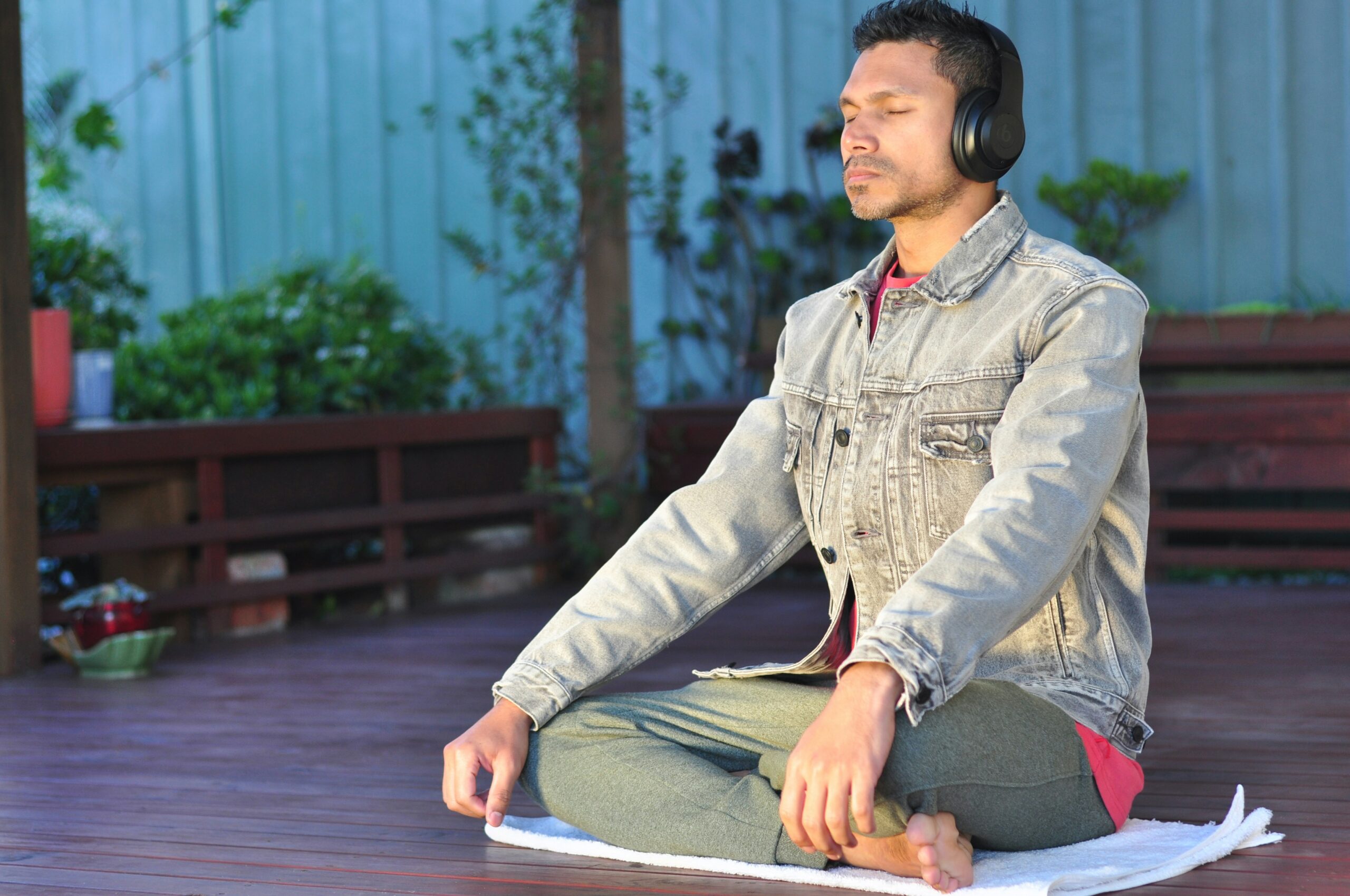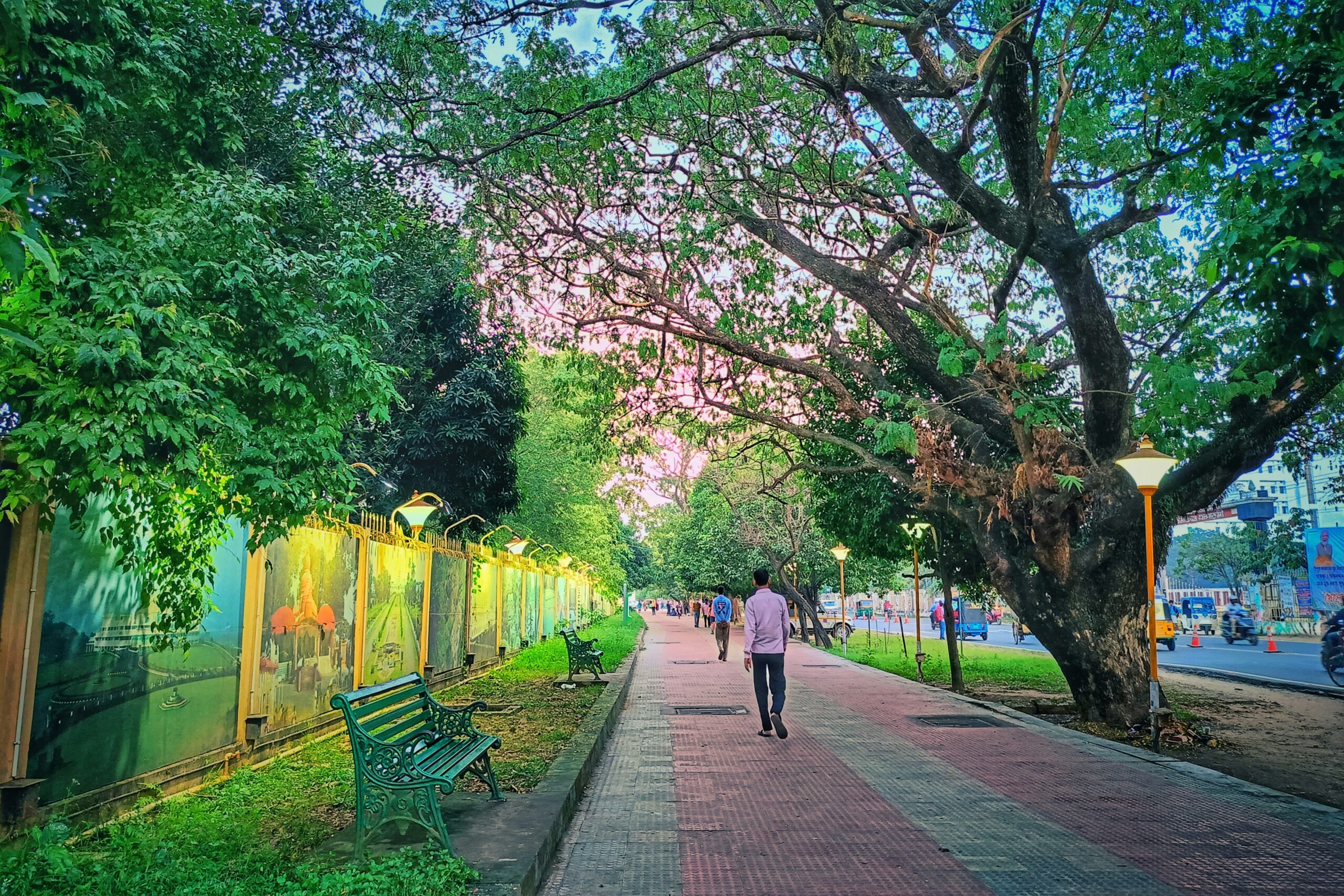Health Equity Crisis: 7 Brutal Truths About Access to Care in America

Introduction
In a country that prides itself on innovation, wealth, and scientific advancement, it’s a bitter irony that hundreds of thousands of Americans nonetheless battle to access primary health offerings. Despite spending more on healthcare than any other united states of america over $four.Five trillion yearly America faces a deepening disaster of health equity. The hole among who receives first-class care and who’s left in the back of isn’t just a statistical anomaly; it’s a moral emergency.
This isn’t about remote cases or uncommon exceptions. It’s approximately systemic disasters rooted in race, income, geography, and policy. From rural cities without hospitals to urban neighborhoods plagued through meals deserts and underfunded clinics, the American dream of equal possibility crumbles in terms of fitness.
Here are 7 brutal truths about getting admission to care in America: truths that should be faced if we ever desire to construct a fairer, healthier destiny for all.
Table of Contents
1. Race Still Determines Who Lives and Who Dies
The most painful truth? Your skin shade can affect your life expectancy.
According to the CDC, Black Americans have higher mortality fees across nearly every essential ailment class from coronary heart disease and cancer to diabetes and maternal loss of life. A Black lady in the U.S. Is 3 instances much more likely to die from being pregnant-related causes than a white girl, irrespective of profits or training level.
Why? Because racism now is not simply individual prejudice, but institutional and structural bias shapes how sufferers are dealt with. Studies show that Black patients are much less probably to be believed when reporting pain, acquire fewer referrals for specialists, and are frequently undertreated for continual conditions.
Even affluent Black households face disparities. Serena Williams’ near-deadly childbirth enjoyment in which her worries had been disregarded notwithstanding in reality articulating signs and symptoms sparked country wide outrage, however it wasn’t an outlier. It becomes a symptom of a broken machine wherein health outcomes are too often tied to race instead of threat.

2. Your ZIP Code Matters More Than Your Genetic Code
Where you live, it should not decide whether or not you live.Still, in the United States, your postcode is one of the strongest health prophets. The inhabitants of low income in the neighborhood have a low service life, high infant mortality and increase in contact with environmental toxins such as lead, air pollution and polluted water.
Flint, Michigan poisoned a city with lead in the water supply. Or South Bronx in New York City, where the asthma in children has tripled to the national average due to traffic overload and industrial regulation. These are not natural disasters; They are political disasters.
Meanwhile, rich suburbs claimed state hospitals, wellness centers, organic grocery stores and bicycle paths. Poor communities receive dollars, wine monopolies and clinics with immediate care that are closed at 18.00.
It creates spatial injustice as public health experts say “medical desert”, where citizens will travel miles for primary care, provide mental health care or preventive screening alone.
3. Health Insurance ≠ Health Access
Having coverage doesn’t mean you may actually get care.Over 90% of Americans now have a few forms of fitness coverage, thank you in element to the Affordable Care Act. But being insured doesn’t assure timely appointments, low-cost medications, or maybe a physician who accepts your plan.
Many Medicaid sufferers file being taken away by carriers who don’t get their insurance. In some states, up to 70% of doctors refuse new Medicaid sufferers. Even those with non-public insurance face sky-high deductibles and surprise payments that make care unaffordable.
And permit’s now not overlook telehealth lauded as an extraordinary equalizer for the duration of the pandemic. But without dependable net or digital literacy, rural and elderly populations were left similarly at the back of. Technology promised inclusion, but as an alternative widened the gap.
Insurance is important however it’s not sufficient. True, get entry to manner care that is to be had, suited, affordable, and culturally ready.

4. Mental Health Care Is a Privilege, Not a Right
One in five adults within the U.S. Experiences mental illness every year. Yet most effective forty three% get hold of treatment.
Why? Because our intellectual fitness gadget is fragmented, stigmatized, and seriously underfunded. There are complete counties within the U.S. With no psychiatrist, psychologist, or certified therapist. Emergency rooms have ended up de facto psychiatric wards, in which humans wait days just to be evaluated.
Minority communities suffer disproportionately. Latinx and Asian Americans are drastically less likely to be seeking help due to cultural stigma, language barriers, and shortage of bilingual companies. LGBTQ children face alarmingly excessive prices of despair and suicide—but many colleges and clinics lack inclusive education.
Worse, law enforcement frequently becomes the first responder for mental crises.Instead of receiving compassionate care, individuals end up criminalized, jailed, or even killed during encounters with police.Until we treat mental health as equally important as physical health, this cycle will continue.
5. The Rural Health Collapse Is Accelerating
Since 2010, more than 136 hospitals in the countryside have been closed, and hundreds are on the border. This means that millions of Americans now live hours away from the nearest or maternity.
The village residents are average old, bad and sick – but they have smaller doctors, nurses and experts per person. Lack of primary care is so serious that some fields qualify as “health personnel reduction areas” (HPSAS), but the recruitment effort fails due to low wages, isolation and burnout.
Telemedicine can help, but broadband access remains detected. The ambulance is more than 50 miles away. And when the emergency effects such as a heart attack or stroke means something every minute.
Result? Due to high mortality, delay in diagnosis and impairing chronic diseases due to the causes of being stopped. Rural America is not just underlined it is abandoned.
6. Social determinants kill more people than bacteria
We spend billions on fighting viruses and bacteria, but we ignore real killers: poverty, hunger, housing instability and lack of education.
These social determinants for health are much higher than medical treatment, up to 80% of health results. Nevertheless, the health care system treats our symptoms, not for root reasons.
A diabetic can get insulin but if they live on food, where there is no access to fresh dividends, their condition will be worse. A child suffering from asthma may find inhalers – but if there is mold and rosary in their house, the attacks will remain.
Programs that address housing, nutrition, transport and employment show dramatic improvements in health results. For example, Medicaid in Oregon and Pennsylvania now housing aid for homeless patients and reducing more than 30%are tours.
But these initiatives are rare, low and politically controversial. We consider health as a medical issue, when it’s really a societal one.
7. The Workforce Is Burning Out And Patients Are Paying the Price
Even when care is available, no one can give it.Medical burnout has reached the level of epidemic. Leaves nurses in a record number of numbers. Frontline workers are shocked in the health care environment over years with excitement, understanding and violence of epidemic.
Burnout defects, low patient satisfaction and low access. When the suppliers leave the field – or go to the rich areas the unorganized population loses reliable caregivers.
And diversity intervals persist. While colored people earn about 40% of the American population, they represent only 6% of doctors. Language barriers, cultural misunderstandings and earned bias.
We cannot achieve health capital without a working group showing local communities as work and without systems that support the supplier’s welfare.
So What Can Be Done?
The situation is serious but not disappointing. Real change is possible through bold action:
1. Expand the medicine in all states
The 12 states have still not used medical expansion during ACA, leaving adults with less than 2 million low income in “coverage intervals”. Closing this gap will immediately improve access.
2. Invest in health workers in society
Reliable local advocates can bridge cultural classifications, navigate complex systems and provide preventive care directly in homes.
3. Social services through the dollar health care system
Pilot programs show housing, food and transport help in better results for medical treatment and better results in low costs.
4. mandate inherent crooked exercise
Medical schools and hospitals should require continuous training to handle racial and gender bias in treatment decisions.
5. Support rural telehealth and mobile clinic
Hybrid models connecting virtual trips with mobile devices can bring experts to remote areas.
6. And increase the payroll and loan entry for under-screen suppliers
HPSA requires financial incentive and professional support to attract and maintain talent.
7. Empower patients with data and spokesman equipment
Prices, quality assessments and openness in patient rights help people demand better care.
Final assessment: Health is not equity donation this is justice
Access to health care should not depend on luck, birthplace, bank account or background. It should be a basic straight, protected and guaranteed.
The seven truths given here are uncomfortable. They highlight errors that we have ignored for a very long time. But his name is the first step toward treatment.
Real equity means adding a system where everyone, not just a few privileges can breathe, can eat well, at will and thrive.Because until every American has a fair shot at a healthy life, none of us are truly well.
Q: What is health equity?
A: Health equity means everyone has a fair and just opportunity to achieve optimal health, regardless of race, income, geography, or background. In reality, systemic barriers prevent millions from accessing the care they need.
Q: Why is access to healthcare unequal in the U.S.?
A: Inequality stems from factors like poverty, racial discrimination, lack of insurance, provider shortages in rural/underserved areas, and biased medical practices leading to worse outcomes for marginalized communities.
Q: Can policy changes improve health equity?
A: Yes. Expanding Medicaid, investing in community clinics, enforcing anti-discrimination laws, and supporting culturally competent care can close gaps but sustained political will and funding are essential.









